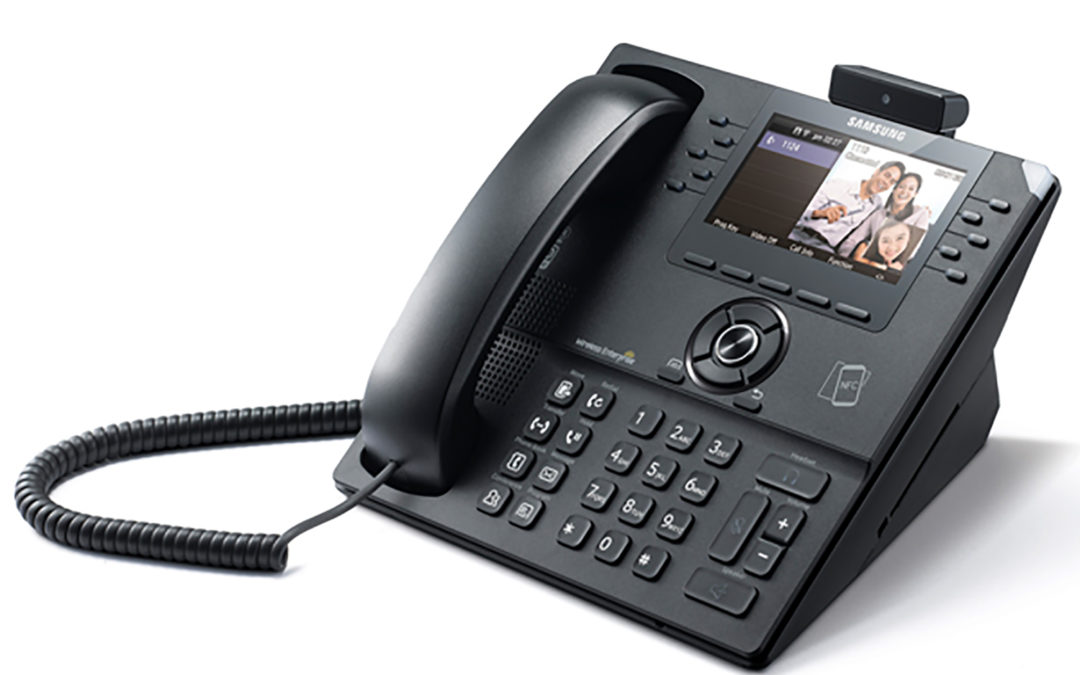Why Choose SIP Trunking?
What is SIP Trunking you ask? Technically speaking, SIP trunking is a Voice over Internet Protocol (VoIP) and streaming media service based on the Session Initiation Protocol (SIP) by which Internet telephony service providers (ITSPs) deliver telephone service and unified communications to customers equipped with SIP-based private branch exchange (IP-PBX) and Unified Communications facilities.
According to a recent article sponsored by AT&T, PCWorld’s Paul Desmond indicates there to be “Five Business Benefits of SIP Trunking”. Lower cost, highly scalable, more flexibility, support for Unified Communications as well as reliability and disaster recovery.
1. Lower cost. While the figures vary widely depending on what you currently have and the exact SIP trunk offering you replace it with, savings in the 30% to 60% range are well within the realm of possibility. What’s more, while PRI and T1 lines are sold in certain increments, such as four, eight or 24 channels, you can order SIP trunks in any size you want. If you’ve got a small office that requires only one or two sessions at a time, you can order and pay for a trunk of only that size.
2. Highly scalable. And should that office grow over time, you can add more circuits to the SIP trunk, again ordering only what you need. No more trying to calculate whether it’s worth moving from a PRI to T1 or T1 to T3, even though you know you don’t need the entire capacity of the larger line.
3. More flexibility. You can also adjust the size of your SIP trunk to allow for variations in bandwidth requirements, such as to deal with seasonal changes in call volumes. Similarly, you can dynamically vary the amount of bandwidth given to any application based on requirements at any point in time.
4. Support for Unified Communications. SIP is crucial for enabling UC applications including presence and advanced features such as the ability to transfer a call from a mobile phone to a laptop-based soft phone without dropping it. SIP trunks provide the network foundation upon which your firm can deploy such applications.
5. Reliability and disaster recovery. Because they’re IP-based, SIP trunks are far more flexible than traditional “fixed” circuits such as T1 or PRI lines. Users can program SIP lines such that if a given user is out of the office, or an entire office is out of commission, the lines roll over to backup sites, phones or devices located anywhere on the company’s network – or at a backup facility. It’s all based on the business rules you set up ahead of time.

